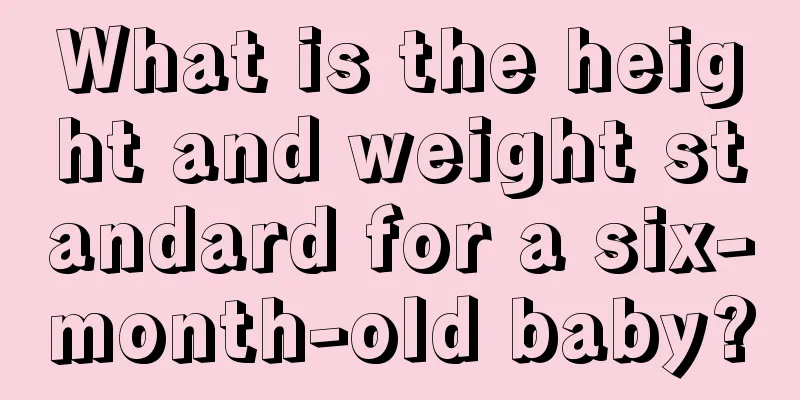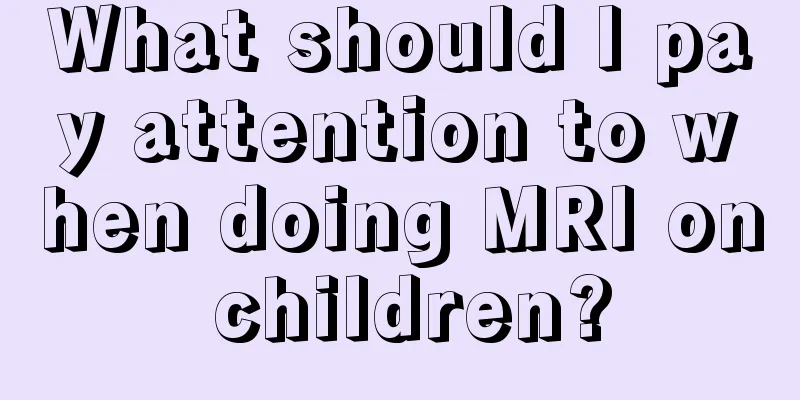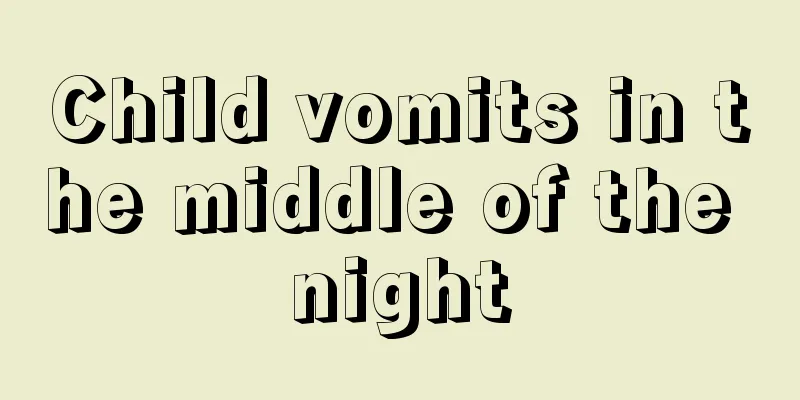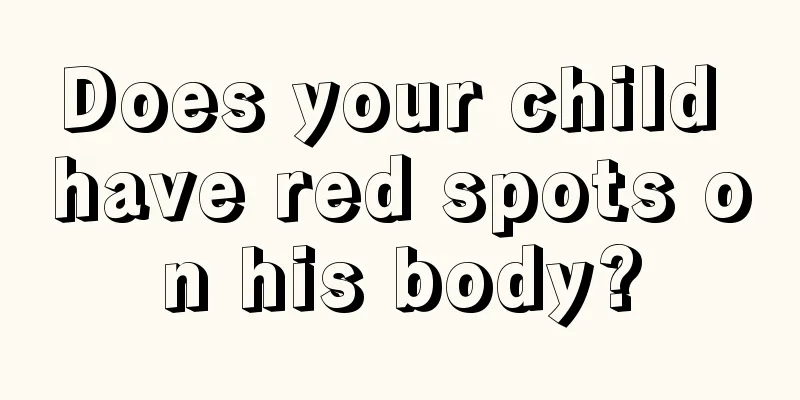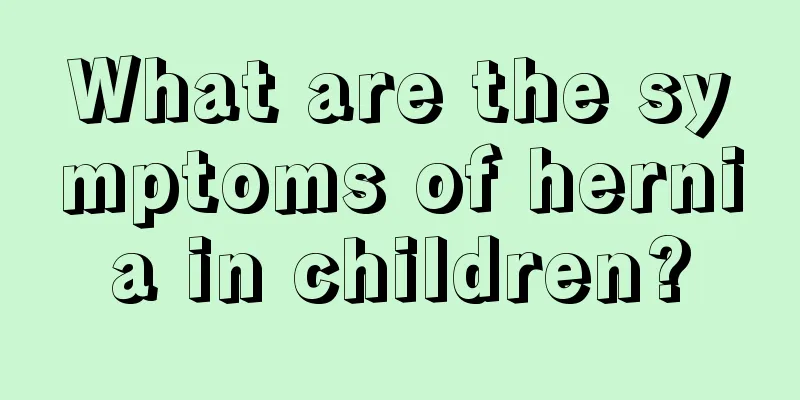Symptoms of baby choking on trachea when drinking milk
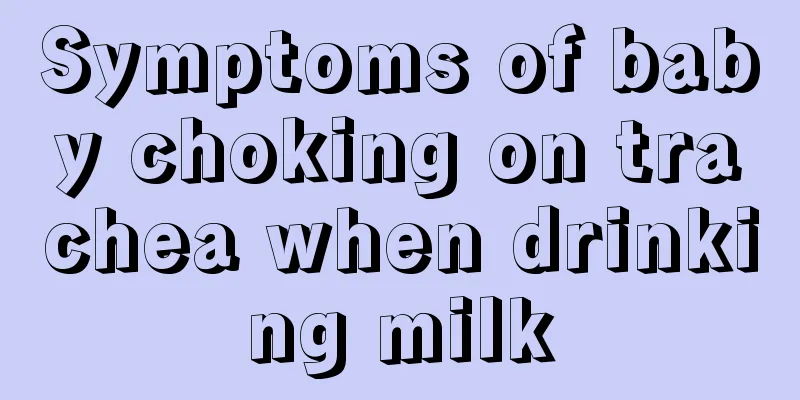
|
Because the esophagus of a child is not yet fully developed, and the baby's esophagus is in the parallel stage, parents must pay attention when feeding the baby. The position of the bottle and the feeding posture must be controlled well. If not controlled well, the child is likely to choke. If the trachea is choked, the child needs to be picked up and patted immediately, because coughing may cause vomiting. Severe cases require timely examination. 1. What to do if you are choked If you choke while drinking water or porridge. The adult sits down and places the baby on his or her lap in a more comfortable position. Then, the adult can use the palm of his hand to gently touch or pat the baby's chest and esophagus from bottom to top. Use the external force of the adult's palm to help the baby relieve the discomfort of choking. If the baby chokes on solid food. Turn the infant over and support him/herself, then have the adult tap the infant's back with the palm of your hand with a little force to dislodge the food stuck in his/her mouth. After such patting, the child's chest will feel uncomfortable, causing coughing, and the food will be vomited out through coughing. The above methods cannot produce the desired effect. Adults can lay infants and young children flat on the bed, keep the children quiet and not cry. Adults can put their mouths close to the infants and young children's mouths and noses, and breathe in forcefully towards themselves. Through the force of adults' inhalation, the things that infants and young children choke on can be sucked out little by little. If recently, infants and young children frequently cough and choke while drinking milk or eating. So take some time to take the infant to a maternal and child hospital to check whether the infant's lungs are inflamed and causing the cough, which in turn leads to choking. 2. Parents must pay attention when feeding 1. Do not put large slices of food into the mouths of infants and young children. Instead, use a small spoon to scrape the food into small pieces and feed it to the infants and young children little by little. For example, it is not right to cut apples into small pieces because infants and young children will suck them directly into their throats. 2. When feeding babies and young children, they look particularly cute, and parents or people around them can't help but pinch the baby's little face or make him smile. This is absolutely not allowed. It is very dangerous if an infant chokes when he or she smiles. 3. Babies under three or four years old should not be fed foods containing gel, such as jelly, as they can easily cause choking and get stuck in the throat. Since edible gel is soft in nature, once it enters the respiratory tract, it will block the respiratory tract, causing lack of oxygen and suffocation, and even endanger the baby's life. |
<<: Symptoms of fright in eight-month-old babies
>>: Symptoms of Candida infection in newborns
Recommend
What to do for endocrine disorders at the age of 18?
What should I do if I have endocrine disorders at...
Premature babies are
Premature babies are a huge burden to their famil...
What to do if your 2-year-old baby has vomiting and diarrhea
Children aged 2 are in the period of growth, so t...
What to do if your child's teeth are loose
Children will have two periods of tooth replaceme...
What is the situation of some small red bumps on the baby's face?
Many mothers will find that many small red pimple...
Why does my baby's lips blister?
When the baby was young, his lips were always cov...
How to avoid scars on children's foreheads
It is inevitable for children to bump into things...
What to do if a newborn baby has small pimples on his face
Many newborns have small pimples on their faces. ...
What is the reason for the heavy breathing sound in children?
When a baby is just born, his respiratory tract a...
The consequences of vaccination for babies with phlegm
As babies grow, they need to be vaccinated with d...
What vitamins are good for children?
Many parents are worried that their children may ...
What to do if your 1-year-old baby has allergic rhinitis
Allergic rhinitis is a problem for many patients ...
How to determine if a baby has a sprained neck?
Since babies have very poor self-care ability, th...
What causes drowsiness in hand, foot and mouth disease?
After a baby is infected with hand, foot and mout...
The dangers of spanking children
Nowadays, many parents often spank their children...
